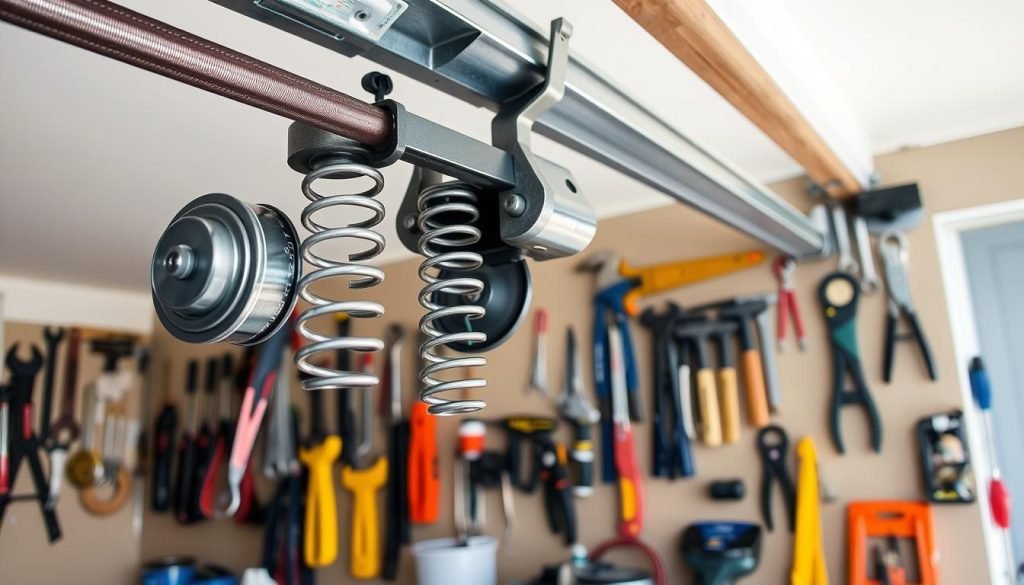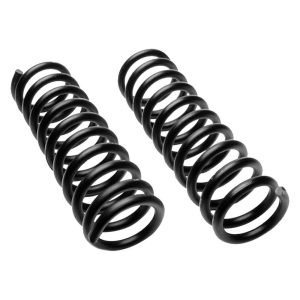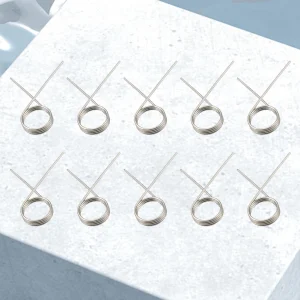Getting the right spring size is key for your garage door’s safety and smooth operation. Knowing how to measure springs is vital for a successful replacement. This guide will show you how to size garage door springs, including the tools and safety steps. Replacing garage door springs can seem tough, but with the right info, you can do it safely and effectively.
Garage door springs are essential for your door’s function. Wrong spring size can cause safety issues and affect door performance. Learning about spring measurement and replacement is important. This guide will help you measure and replace springs accurately, ensuring your garage door works well and safely.
With the right tools and knowledge, you can replace garage door springs yourself and save money. But, safety is always the top priority. We’ll cover the tools and safety steps you need for a successful spring replacement. By the end of this guide, you’ll know how to measure springs accurately and replace them safely.
Understanding Garage Door Spring Systems
Garage door spring systems help make opening and closing the door easier. They use two main types of springs: torsion and extension. Torsion springs are above the door and twist to lift it. Extension springs are on the sides and stretch to lift the door.
Understanding these systems starts with knowing the spring components. Torsion springs have a spring, shaft, and cable drums. Extension springs have a spring and pulley system. Each type has its own needs and characteristics.
Torsion vs Extension Springs
Choosing between torsion and extension springs depends on your garage door’s needs. Torsion springs are durable and need less maintenance but cost more to install. Extension springs are cheaper but might need to be replaced more often.
Spring Components and Their Functions
Knowing the parts of torsion and extension springs is key for correct replacement. The parts include wire diameter, coil count, and spring length. Together, they provide the power needed to lift the door.
Signs of Worn Springs
Spotting worn springs is important for your garage door’s safety and efficiency. Look for broken coils, uneven door movement, and loud noises. Regular checks and maintenance can prevent these problems and make your springs last longer.
Understanding the differences between torsion and extension springs helps you make better choices. Whether you’re replacing springs or setting up a new system, knowing their unique needs is essential.
| Spring Type | Characteristics | Requirements |
|---|---|---|
| Torsion Springs | Durable, low maintenance | More expensive to install |
| Extension Springs | Less expensive, easy to install | May require more frequent replacement |
Safety Precautions Before Measuring Springs
When measuring spring measurement safety, it’s key to avoid injuries and damage. Wear gloves and safety glasses before you start. Also, make sure the door is locked to prevent accidents.
To ensure garage door safety, watch out for broken springs or damaged doors. Knowing the springs’ weight and tension is also important. Here are some safety tips to remember:
- Wear protective gear, including gloves and safety glasses
- Ensure the door is properly secured
- Be aware of possible hazards, like broken springs or damaged doors
- Know the springs’ weight and tension
By following these steps, you can measure springs safely. Remember, garage door safety is very important. Always be careful when working with garage doors and springs.
| Safety Precaution | Importance |
|---|---|
| Wearing protective gear | High |
| Securing the door | High |
| Understanding spring weight and tension | High |
Essential Tools for Spring Measurement
To measure garage door springs right, you need specific spring measurement tools and equipment. The right tools ensure accurate measurements and safe replacement. Measuring springs requires detail and the right gear to avoid hazards.
For garage door tools, you’ll need a tape measure, calipers, and a spring gauge. These tools help you find the wire diameter, spring length, and wind direction.
Required Measuring Equipment
- Tape measure
- Calipers
- Spring gauge
Safety Equipment Checklist
- Gloves
- Safety glasses
- Ladder
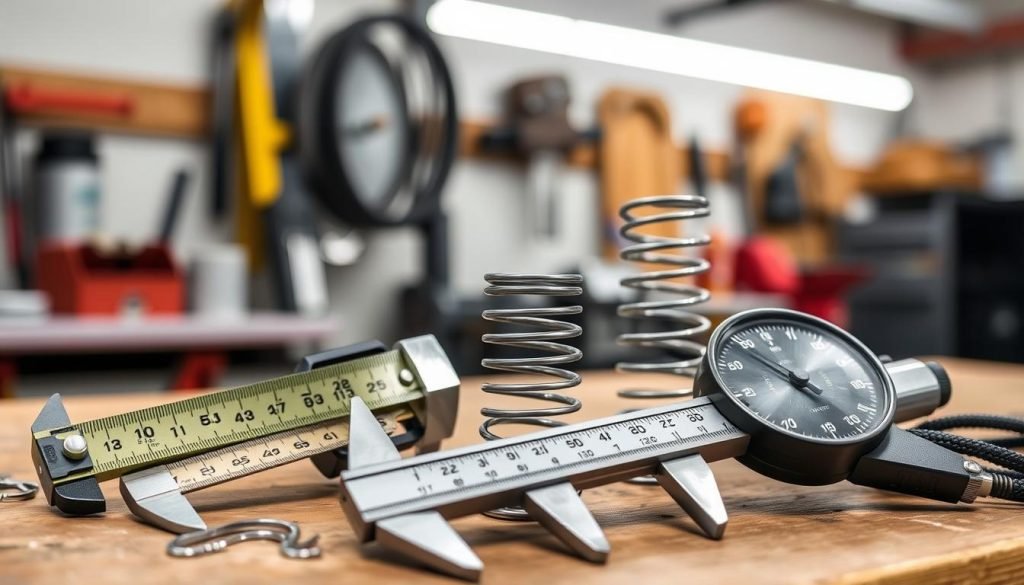
Along with the needed tools and safety gear, some optional tools can help. A spring winding bar or a torsion spring winder makes handling and measuring springs easier.
| Tool | Description |
|---|---|
| Tape measure | Used to measure the length of the spring |
| Calipers | Used to measure the wire diameter of the spring |
| Spring gauge | Used to measure the wind direction and tension of the spring |
How to Size Garage Door Replacement Springs Step-by-Step
To ensure your garage door works smoothly and safely, you need to get the spring sizing right. This involves a few important steps. You’ll need to measure the wire diameter, figure out the spring length, and determine the wind direction. We’ll walk you through these steps to help you measure your garage door springs accurately.
Getting the spring sizing right is key. You’ll need the right tools and a clear plan. Here’s what you should do:
- Measure the wire diameter using a caliper to ensure accuracy.
- Determine the spring length using a tape measure, taking into account the spring’s rotation and the door’s movement.
- Calculate the wind direction based on the spring’s rotation and the door’s movement.
By following these steps and using the right tools, you can ensure accurate garage door spring measurement and safe door operation. Always prioritize safety and consider seeking professional help if you’re unsure about any part of the process.
Understanding Spring Weight Capacity
When you replace garage door springs, knowing the spring weight capacity is key. The spring weight capacity depends on the door’s weight, size, and material. A spring that’s too light can wear out fast, cause damage, or even lead to accidents.
To replace springs right and keep your garage door safe, you must figure out the door’s weight. Then, pick a spring that matches the garage door weight. Here are important things to think about:
- Door size and material
- Door weight and balance
- Spring type and quality
By looking at these points and choosing the right spring, your garage door will work smoothly and safely.
It’s vital to understand the spring weight capacity for your garage door’s long life and safety. By calculating the door’s weight and picking the correct spring, you can prevent early wear and accidents.
Common Spring Measurement Mistakes to Avoid
Measuring garage door springs accurately is key for safety and proper replacement. Spring measurement mistakes can cause garage door spring errors. These errors can harm the door’s function and safety. Knowing common mistakes and taking precautions is vital.
To avoid spring measurement mistakes, focus on details and understand the process well. Common errors include wrong sizes, wrong materials, and incorrect weight ratings. These mistakes can be expensive and risky. It’s important to double-check measurements and identify materials correctly.
Size Miscalculations
Size mistakes are common when measuring springs. This can make the spring too big or too small for the door. To prevent this, use the right tools and follow a clear measurement process.
Material Misidentification
Choosing the wrong material is another mistake. This can make the spring not fit the door, leading to spring measurement mistakes. It’s important to identify materials correctly and choose a spring that matches the door.
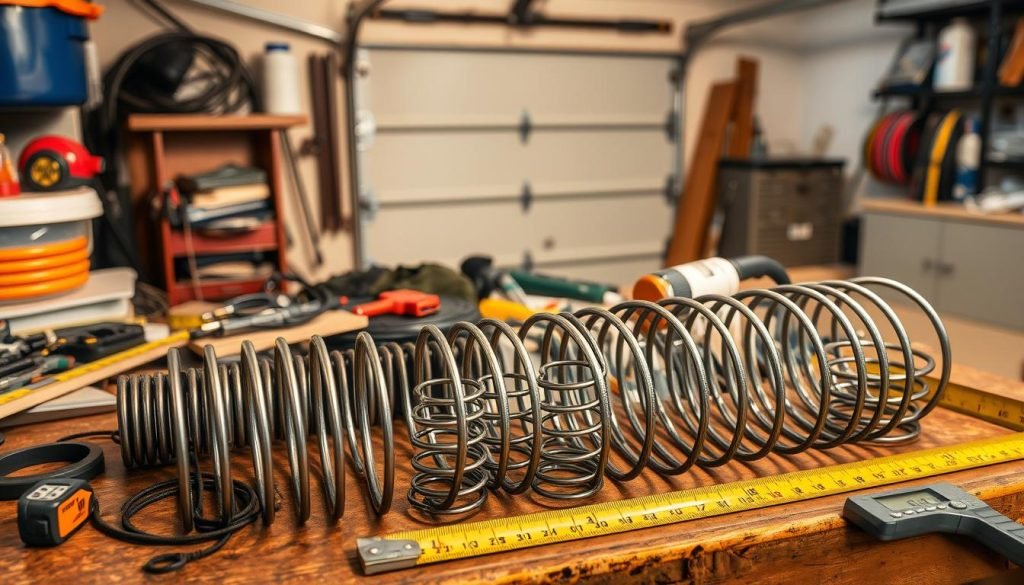
Weight Rating Errors
Getting the weight rating wrong is a big mistake. This can make the spring unable to hold the door’s weight, causing garage door spring errors. To avoid this, calculate the weight carefully and pick a spring that can handle it.
Selecting the Right Spring Type for Your Door
Choosing the right garage door spring types can be tricky. You need to think about your door’s size, weight, and material. This helps you pick the best springs for your needs.
Door weight is a big deal when picking springs. Heavier doors need stronger springs, while lighter doors can get by with less. There are mainly two types: torsion and extension springs. Torsion springs work best for heavy doors because they have more power. Extension springs are better for lighter doors.
Here are some things to think about when choosing:
- Door size and weight
- Material and construction
- Spring type and quality
By considering these, you can get a safe and efficientgarage door spring typesinstallation. If you’re not sure, it’s best to talk to a professional aboutspring selection.
Professional Installation vs DIY Considerations
Homeowners face a big decision when it comes to garage door spring installation. They must choose between professional installation or doing it themselves. While DIY might seem cheaper, it’s important to think about safety, time, and costs.
Professional installers know how to handle complex jobs safely and accurately. DIY, on the other hand, can be risky. It can lead to accidents, injuries, and costly repairs.
Cost Comparison
Looking at the costs of professional versus DIY installation is key. DIY might seem cheaper at first, but mistakes or accidents can be very expensive. Professional installation costs more, but it’s safer, more accurate, and often comes with a warranty.
Safety Factors
Safety is a major concern with garage door spring installation. Professionals wear protective gear and use the right tools to avoid accidents. DIY can be dangerous, with risks from heavy springs and complex mechanisms.
Time Investment
Time is another important factor. Professional installation usually takes a few hours, depending on the job. DIY, without experience, can take much longer. This can take away from other important tasks.
In conclusion, choosing between professional installation and DIY for garage door spring installation requires careful thought. Homeowners should consider costs, safety, and time. Making an informed decision ensures a safe and accurate replacement, and peace of mind.
| Installation Type | Cost | Safety Factors | Time Investment |
|---|---|---|---|
| Professional Installation | Higher upfront cost | High safety precautions | Few hours |
| DIY Installation | Lower upfront cost | Higher risk of accidents | Several hours or days |
Conclusion: Ensuring Safe and Accurate Spring Replacement
Properly sizing garage door spring replacement is key for safe and efficient door operation. Measure the spring’s wire diameter, length, and weight capacity to find the right match. Always use the right tools and safety gear when installing.
While DIY can save money, it’s important to weigh the risks and your skills. If unsure or uncomfortable, get a professional garage door repair expert. They can do the job safely and accurately, avoiding accidents and door damage.
Following this guide helps your garage door work smoothly for years. Keeping your door’s springs in good shape is vital for home maintenance. With the right steps, you ensure your family’s safety and security.

